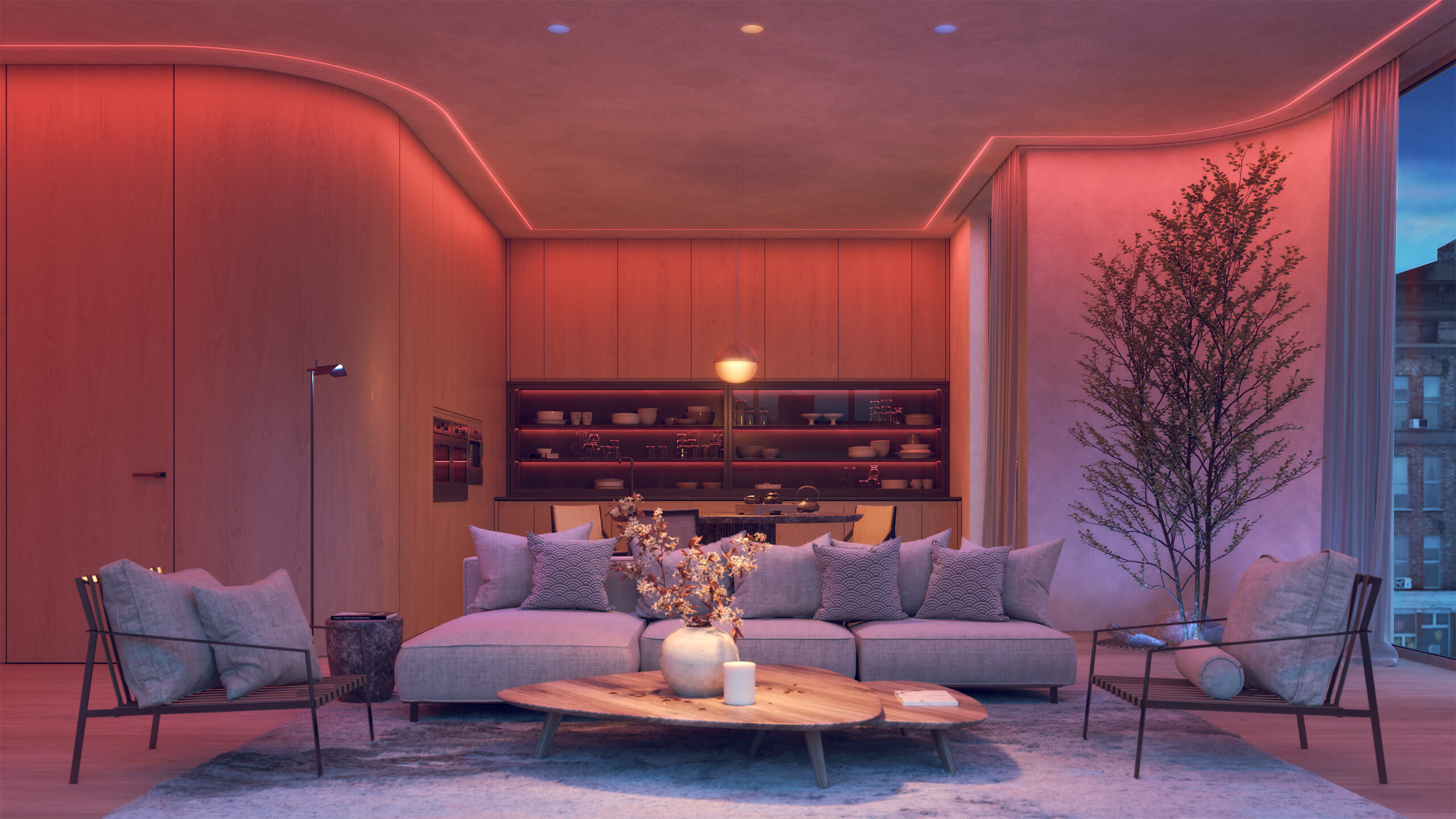Lighting plays a crucial role in shaping the atmosphere, functionality, and overall design of your home. Yet, it’s often overlooked or treated as an afterthought. Each room serves a different purpose, and the lighting should reflect that. From creating a cozy ambiance in the living room to ensuring clear visibility in the kitchen, understanding how to light each space properly can dramatically enhance your living experience.
Let’s explore how to approach lighting room by room, ensuring each area is both beautiful and practical.
The Three Layers of Lighting
Before diving into each room, it’s essential to understand the three types of lighting you should try to incorporate in every space:
- Ambient Lighting – The general illumination that fills the room, usually from ceiling lights or chandeliers.
- Task Lighting – Focused lighting for specific activities, like reading or cooking.
- Accent Lighting – Decorative or highlighting lighting, such as spotlights or wall sconces, that adds depth and drama.
Now let’s see how to apply these principles room by room.
Living Room: Versatile and Inviting
The living room is a multi-functional space — it’s where you relax, entertain guests, and sometimes even work. Your lighting should be adaptable to all of these situations.
Tips:
- Use a central ceiling fixture for ambient lighting, like a stylish chandelier or flush mount.
- Add floor and table lamps near seating areas for task lighting, especially for reading.
- Use dimmers to adjust the mood depending on the time of day.
- Include accent lighting such as wall sconces or LED strips behind shelving to highlight décor.
Kitchen: Bright and Functional
A well-lit kitchen is essential for safety and efficiency. You need clear, shadow-free lighting for tasks like chopping and cooking, plus softer lighting for dining or casual conversation.
Tips:
- Install recessed lights or a flush ceiling fixture for even ambient light.
- Use under-cabinet lighting to illuminate countertops directly.
- Add pendant lights above an island or breakfast bar for focused task lighting and style.
- Avoid overly warm lights; cooler white LEDs are ideal for clarity in cooking areas.
Dining Room: Warm and Welcoming
This is a space meant for connection and ambiance. Lighting here should be cozy and flattering.
Tips:
- Use a chandelier or pendant light centered above the dining table for a strong focal point.
- Install a dimmer to adjust brightness for different occasions.
- Add wall sconces or buffet lamps to increase warmth and depth.
- Choose warmer color temperatures for a more intimate atmosphere.
Bedroom: Relaxing and Restful
Bedrooms should offer a soft, calming retreat. But they also require enough light for reading, dressing, or even working.
Tips:
- Use a central light fixture for overall illumination.
- Place bedside table lamps or wall-mounted reading lights near the bed.
- Add a floor lamp or sconces near a reading chair if you have one.
- Incorporate low-wattage, warm bulbs to promote relaxation.
Bathroom: Clean and Clear
Proper lighting in bathrooms is critical — especially around mirrors where people groom or apply makeup.
Tips:
- Use bright, shadow-free lighting around the vanity mirror — sconces on either side or an LED mirror are ideal.
- Include a central ceiling light or recessed lights for ambient lighting.
- Add a waterproof light in the shower or above the tub for extra clarity.
- Aim for neutral white lighting (4000K–5000K) for the most accurate color reflection.
Home Office: Focused and Efficient
The right lighting can improve productivity and reduce eye strain in your workspace.
Tips:
- Use a bright ceiling light for general illumination.
- Place a desk lamp with adjustable brightness directly over your working area.
- Make the most of natural light — position your desk near a window if possible.
- Choose cooler color temperature bulbs (around 5000K) to keep you alert and focused.
Hallways and Entryways: Guiding and Safe
These transition spaces often get overlooked but benefit from thoughtful lighting to guide movement and create a welcoming feel.
Tips:
- Use ceiling lights, flush mounts, or pendant fixtures for overall visibility.
- Add wall sconces or picture lights to highlight artwork or architectural details.
- Consider motion-sensor lights for convenience and energy savings.
Laundry Room: Bright and Practical
This utilitarian space needs clear and consistent lighting to help you spot stains, sort clothes, and stay organized.
Tips:
- Use bright overhead lighting, like LED panels or flush mount fixtures.
- Add under-shelf or cabinet lights if you do laundry at night or in a windowless room.
Key Tips for Lighting Your Home
- Use dimmers whenever possible – they provide flexibility and energy efficiency.
- Layer your lighting – don’t rely on a single source; mix types for balance and beauty.
- Match bulb color temperatures – consistency in each room helps maintain visual harmony.
- Think about shadows – place lights to avoid casting shadows in work or grooming areas.
- Don’t forget about smart lighting – with programmable settings, you can create mood scenes with just one tap.
Bright Ideas for a Better Home
Lighting is more than a practical need — it’s one of the most powerful tools in interior design. By tailoring your lighting choices to the specific needs of each room, you’ll not only improve functionality but also elevate the entire atmosphere of your home
